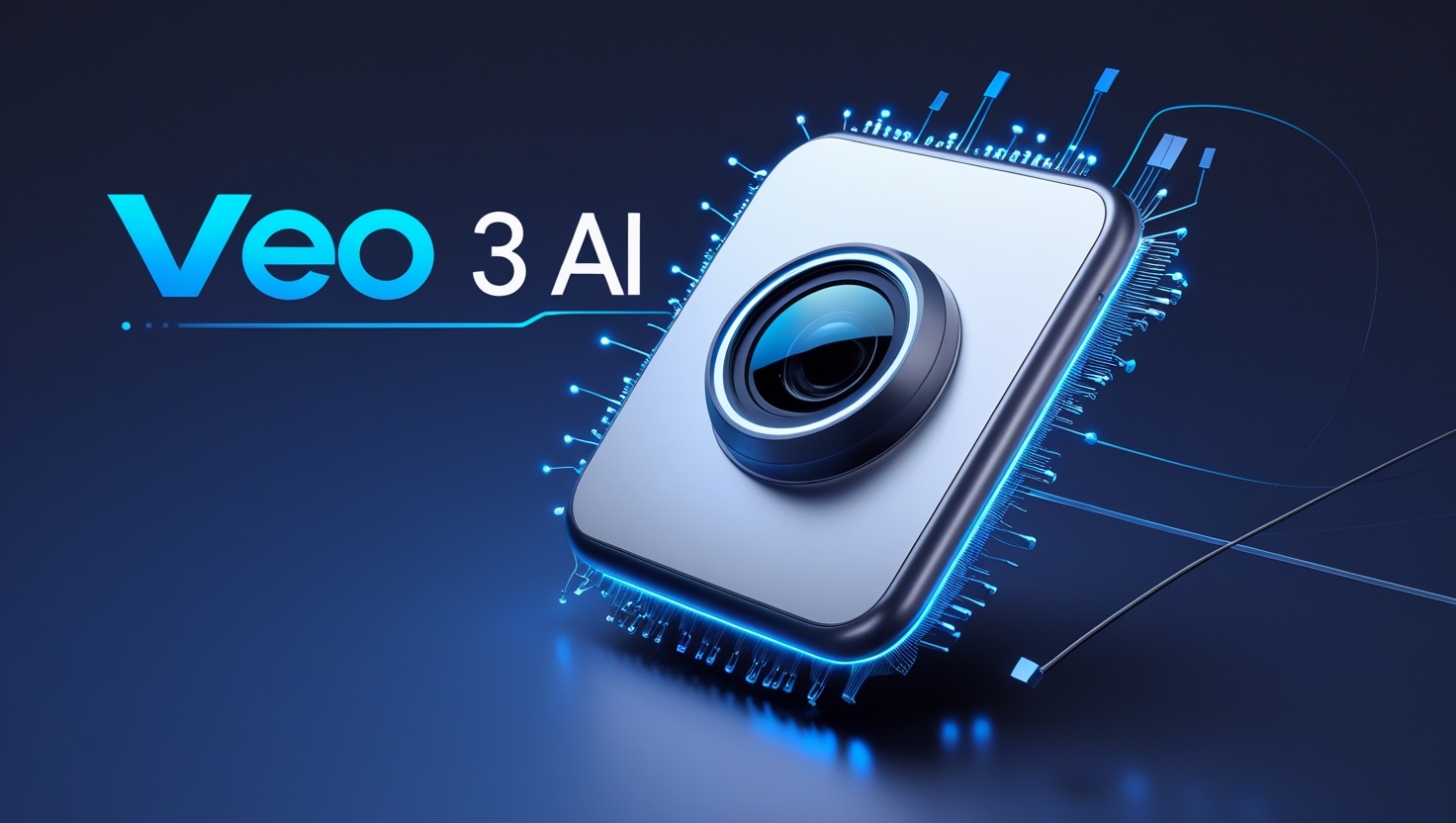
AI in 2025: Unveiling the Future Trends Shaping Our World
Did you know AI investments could hit $200 billion in 2025? It is revolutionizing industries, from healthcare to finance. But what does the future hold? Several key AI trends are poised to reshape our world. AI In 2025, expect hyperautomation, AI democratization, and AI-enhanced cybersecurity to take center stage. The Metaverse and AI will also merge in fascinating ways.
AI in 2025 Trend 1: Hyperautomation Takes Center Stage
Hyperautomation? It is not just regular automation. It is a coordinated strategy. Think robotic process automation (RPA) working hand-in-hand with AI and low-code platforms.
What is Hyperautomation and Why Does It Matter?
Hyperautomation is more than automation. It combines different technologies to automate almost any task. This boosts efficiency, cuts costs, and makes scaling much simpler. Imagine a hospital using hyperautomation. It could handle patient inquiries and manage appointment scheduling, all without human intervention. That frees up staff for critical duties.
The Rise of AI-Powered Automation Tools
AI makes automation smarter. For example, intelligent document processing uses AI to extract data from invoices. This data is entered automatically, speeding up accounting tasks. Predictive maintenance, another AI application, forecasts equipment failures. This lets businesses fix issues before breakdowns occur.
Challenges and Opportunities in Implementing Hyperautomation
Implementing hyperautomation presents difficulties. A skills gap is the first major hurdle. People need to learn to work with these complex systems. Integrating different technologies can also be tricky, and ethical issues must be considered. To succeed, start small. Focus on key areas and invest in training. Make sure AI systems are fair and transparent.
AI in 2025 Trend 2: The Democratization of AI Development
AI democratization is about making AI accessible to everyone. No-code and low-code platforms empower ordinary people to build their own AI solutions.
No-Code AI: Empowering Citizen Developers
No-code AI platforms allow people to create custom AI models without writing code. Even someone without technical skills can make a chatbot. These tools are useful for solving specific business challenges. Imagine a small marketing team that uses a no-code platform to create a model. It will analyze customer feedback and improve campaigns.
Cloud-Based AI Services: Accessibility and Scalability
Cloud providers offer pre-trained AI models and machine learning APIs. These tools are easily available and scalable. Amazon, Google, and Microsoft provide a wide range of AI services. Businesses can use these services to add AI capabilities to their applications. It simplifies development.
Ethical Considerations in Democratized AI
When more people create AI models, ethical concerns arise. AI models can contain biases, leading to unfair outcomes. It’s vital to ensure responsible AI development. Use diverse datasets, check models for bias, and prioritize transparency.
Trend 3: AI-Enhanced Cybersecurity: A Proactive Defense
AI is transforming cybersecurity. As cyberattacks become more sophisticated, AI offers a strong defense. It can proactively find and neutralize threats.
AI-Driven Threat Detection and Response
AI excels at finding unusual patterns. It can detect cyber threats in real-time by looking at network activity. Machine learning algorithms learn what is normal and flag anomalies. This allows security teams to respond quickly and effectively. AI is like a security guard that never sleeps.
The Role of Machine Learning in Vulnerability Management
Machine learning can also help organizations proactively find weak spots. It analyzes system data to predict potential vulnerabilities. This allows security teams to patch systems before attackers exploit them. Machine learning acts as a vulnerability-spotting tool.
Challenges in Deploying AI for Cybersecurity
Implementing AI for cybersecurity can be complex. The cost of these solutions may be a concern for some businesses. But the benefits of enhanced security often outweigh the costs.
Trend 4: The Metaverse and AI: A Symbiotic Relationship
The metaverse and AI are becoming intertwined. AI is essential for creating immersive experiences in virtual worlds. The metaverse, in turn, provides a new way to train AI models.
AI-Powered Avatars and Virtual Assistants
AI can create realistic and engaging avatars in the metaverse. These avatars can interact with users, providing personalized experiences. Virtual assistants, powered by AI, can also assist users with tasks in the metaverse. Think of a metaverse populated by helpful AI companions.
AI for Content Creation and World Building
Creating content for the metaverse can be time-consuming. AI can automate many aspects of content creation. It also allows creators to generate virtual landscapes quickly. AI is a powerful tool for building and populating virtual worlds.
The Metaverse as a Training Ground for AI
The metaverse offers a virtual environment for training AI models. These models can learn in a safe, controlled setting. This is especially useful for training robots and autonomous systems. The metaverse acts as a virtual playground for AI development.
Conclusion
AI In 2025, hyperautomation, AI democratization, AI-enhanced cybersecurity, and the metaverse will be key AI trends. These trends will affect many industries and create opportunities. Prepare for the future of AI by investing in skills development and exploring AI solutions. AI is going to change our world, so you need to be ready for it.










